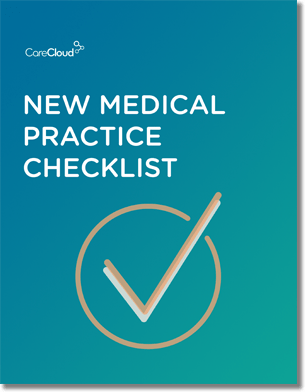Earlier this year, surprising news surfaced regarding a report on the health inequities in the San Joaquin Valley, a region in central California. Researchers found that based on the ZIP code of an area resident, his or her life expectancy could vary by as much as 21 years – a drastic amount.
But according to Patrick J. Geraghty, Chairman and CEO of Florida Blue (the state’s arm of Blue Cross Blue Shield) Florida’s disparities are even worse than the Valley’s.
“We did a zip code analysis of mortality, and by zip code, it ranged from anywhere from a life expectancy of 60 to a life expectancy of 83,” said Geraghty at an event discussing the Affordable Care Act.
Across the country, public health researchers and insurers are wising up to the disparities in population health based on geography. In fact, for all of the weight that healthcare providers place on a patient’s family history of the disease, an individual’s zip code, race, and class are more significant predictors of that person’s overall health than his or her genetics are.
If you’re fortunate enough to live in a nice neighborhood, that info may, despite its negative implications, make you feel alright about your own health prospects. That zip code health inequity only affects others, right?
Not according to Mr. Geraghty.
“For those in the 83 [life expectancy] zip code – if they think that they’re not impacted by those in the 60 zip code, they are,” he said at the ACA event. “By cost if not other things. There are many other impacts, but by cost alone, you’re impacted. Therefore we’ve got to bring the whole community up.”
And when it comes to the goal of bringing the whole community up, effective use of health IT is key.
As the HITECH mandates push doctors toward electronic health records, consumers in the U.S., in both wealthy and impoverished zip codes, will benefit – and some already have.
Consider the quality improvement measures being undertaken in hospitals through the analysis of big data, which has been enabled by the switch to digital records. New York-Presbyterian, for example, started mining and analyzing its EHR’s health outcome data in 2010. Since then, NYP has reduced the rate of potentially fatal blood clots in its patients by more than 30 percent.
As more hospitals, public health organizations, and hospital-owned physician practices engage in that type of data analysis through IT, a greater amount of their communities’ problem trends will be elucidated, be they in rates of disease transmission, premature births, or cardiac episodes.
Plus, medical groups and healthcare organizations that utilize cloud-based technologies will have an enhanced ability to quickly and easily share findings across geographies. That will make it easier for government and business leaders to assess the healthcare needs of underserved communities and pinpoint what locales need increased access to providers and care.
And here’s where all that technology use benefits you: costs will be lowered as a result of IT use across the healthcare and public health spheres.
Healthcare reform requires that costs become more in line with quality. As more doctors report both clinical and financial data and share that information with others, the reimbursement model can more reasonably reflect the value of providers’ rendering of healthcare services.
Additionally, as those individuals who become newly covered come 2014 start using preventive healthcare and in turn becoming healthier, overall expenses and spending for expensive emergency procedures will go down, lowering costs.
So sure – it’s a given that your zip code affects your health. Yet improving population health and lowering costs requires realizing that the health of somebody in another zip code across town affects your wallet.
Here’s hoping a HITECH healthcare system can change that.
How do you think technology will lessen disparities and lower costs?

Do you know what you need when setting up a new medical practice?



